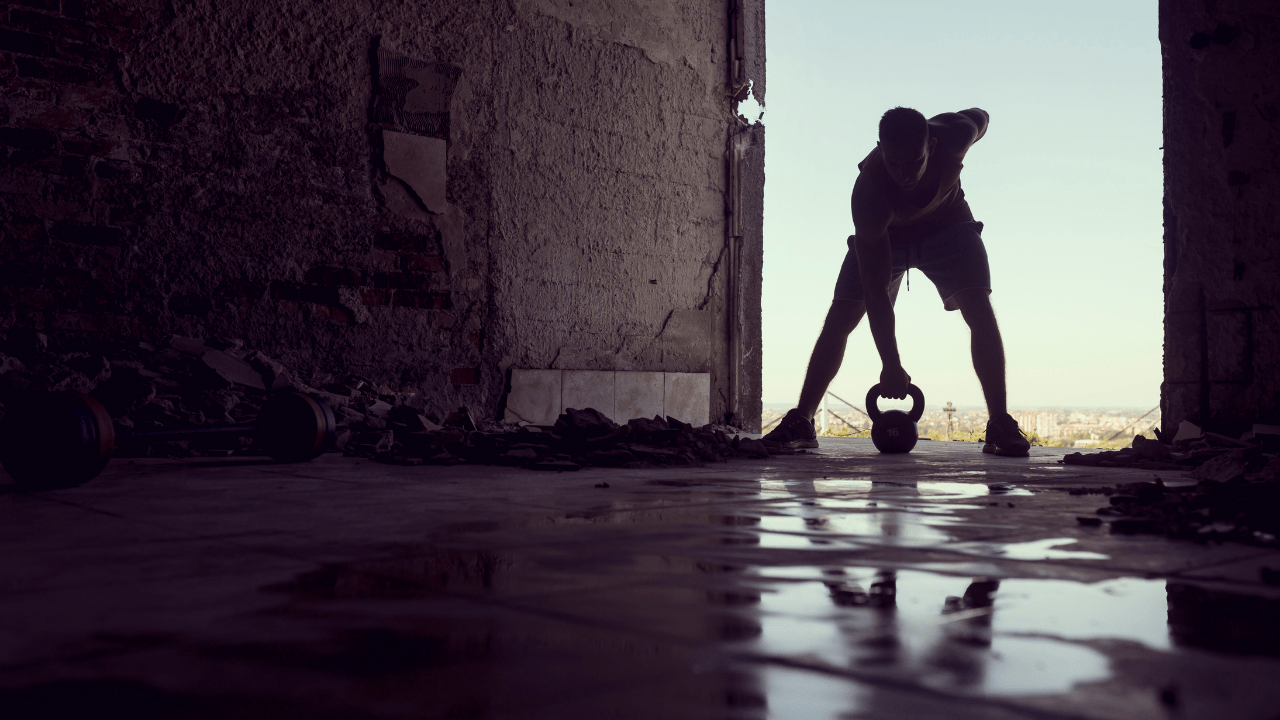Kettlebells Introduction
Kettlebell Introduction and How to choose a kettlebell
Kettlebells Introduction , Kettlebells is one of the exercises that most people regard as cool and interesting. If you have not seen a kettlebell before, you may be curious how it looks like. Well, it’s pretty straightforward.
It is a black cannonball with a handle that is cast of iron.
While there are so many other workout tools that you can employ to achieve your health goals, one thing that you have to appreciate is that the kettlebell training has a unique factor that is good enough reason to incorporate it into your workout routine.
Part of what makes kettlebells exercises mystical lies in its origin. They were debited in Russia in the 18th century. During this time, the KB was used as counterweights when measuring things like cereals and other dry products.
Soon enough, the farmers started challenging each other to lift the heaviest KBs and eventually, they found their way into the hands of strong circus men. After the second World War, the Soviet Red Army took up the KBs in training their soldiers and later in the 1970s, lifting KBs was declared an official sport.
While KBs have been around in the US for over a century, they have enjoyed its fair share of resurgence and eventually found their way into the gym and fitness stores. It comprises a bell, a handle, and horns.
The bell, in this case, refers to the round cannonball shaped weight, and the handle is what connects the KB by simply sloping downwards on each end, hence referred to as the horns.
It is this design that makes the KB quite a unique tool. You may be thinking “what is the difference between kettlebells and dumbbells?”
Well, one thing that you have to take note of is that unlike the dumbbells in which the handle connects two weights that are evenly distributed and lies at the center of them, the KB’s center of gravity is usually offset from its handle. This is mainly because it rests several inches away from the center.
Choosing Your Kettlebells
Weight
The nature of kettlebell workouts is quite different than that of barbells or dumbbells and the amount of weight used is also quite different. The free moving flow of kettlebell lifts and swings and the resulting changes in the center of gravity depend on the cooperative effort of many different muscles unlike those used simply for strength. Experience has shown that women tend to underestimate the kettlebell weight they can work with while men initially over–estimate.
instructor so you can see what works best for you.
Shape and Size
Kettlebells are frequently referred to as cannon balls with handles. While that is a fairly accurate description, there is a bit more to the construction of a quality kettlebell. The best bells are solid, one–piece construction made from a mold that includes the handle. A kettlebell with a handle that is welded on can have seams or ridges that cause irritation to your hands and may even break apart!
Two sides of a kettlebell are flat so that the bell can rest more comfortably against the forearm in the racked position. The bottom is also flat so the bell stays in place when set down. Lesser quality kettlebells are often not completely flat at the base and wobble during exercises that use the bell as a ground fixture such as push–ups.
Handles can be rounded or squared but should be large enough to accommodate your hand/s comfortably. There are some benefits to squared handles that form angles, but most instructors recommend curved or only somewhat flattened handles that can be gripped anywhere. Competition kettlebells have a slightly squared–off type of handle. The most important aspect of any handle, though, is its smooth connection to the bell.
Depending on the make of the kettlebell, sizes may be uniform as the weights increase or increase with added weight. Handle dimensions may also change. The benefit of same–size kettlebells such as those used in competition is that your positioning will always be the same (except for natural bracing to accommodate a heavier weight). In other words, the bell will sit on your arm in the same way no matter what the weight. If use work with bells that are different sizes, you have to adjust your grip and positioning to take the added dimensions into consideration.
Materials and Finishes
Traditionally, kettlebells were made from cast iron. While that is still the case with some of the top kettlebells made today, professional grade bells are made from stainless steel. Some newer ones are made of hard, rubber–like material and there are also iron–sand filled neoprene bags of different weights. Lower grade kettlebells are available that are made from a variety of materials but many of these are not as durable as metal bells. Some brands containing bearings and swivels site convenience in their marketing but nothing beats the good old standard.
For the sake of appearance, some kettlebells are covered with colored vinyl. This helps differentiate bells of different weights but can cause friction on the hands during some moves if the vinyl also covers the handle. These covers are said to protect surfaces and this may be true for scratches but dropping a kettlebell can cause damage to virtually any flooring. Most cast iron kettlebells are natural black but many brands are painted or powder coated.
Most experts consider an unpainted, sanded metal handle to be the best for grip. The surface should be smooth but not glassy so that chalk will stick and help your hold. Some kettlebells come with a rubberized ring around the bottom, also for the protection of surfaces, but this can be uncomfortable when pressed against the arm.
